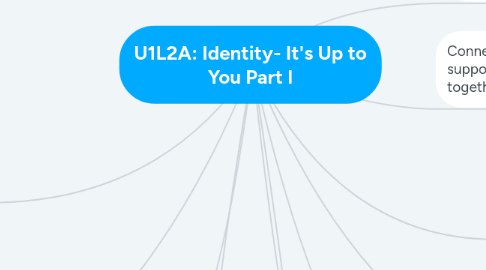U1L2A: Identity- It's Up to You Part I
by Mohammed Shanavas

1. Tissues:groups of cells that are similar in structure and that work together to perform a specific function.
2. Cells:the smallest structural and functional unit of an organism, typically microscopic and consisting of cytoplasm and a nucleus enclosed in a membrane. Microscopic organisms typically consist of a single cell, which is either eukaryotic or prokaryotic.
3. Nervous tissue:responds to stimuli and transmits impulses and together with supporting cells, makes up the brain, spinal cord, and nerves.
4. Cartilage:firm, whitish, flexible connective tissue found in various forms in the larynx and respiratory tract, in structures such as the external ear, and in the articulating surfaces of joints. It is more widespread in the infant skeleton, being replaced by bone during growth.
5. Tendons:a flexible but inelastic cord of strong fibrous collagen tissue attaching a muscle to a bone.
6. Epithelial tissue:forms the linings, coverings, and glandular tissue of the body.
7. Connective tissue:protects, supports, and binds together other body tissues.
8. Muscle tissue:specialized to contract and cause movement.
9. Neurons:a specialized cell transmitting nerve impulses; a nerve cell.
10. Blood:the red liquid that circulates in the arteries and veins of humans and other vertebrate animals, carrying oxygen to and carbon dioxide from the tissues of the body.
11. Ligaments:a short band of tough, flexible, fibrous connective tissue that connects two bones or cartilages or holds together a joint.


